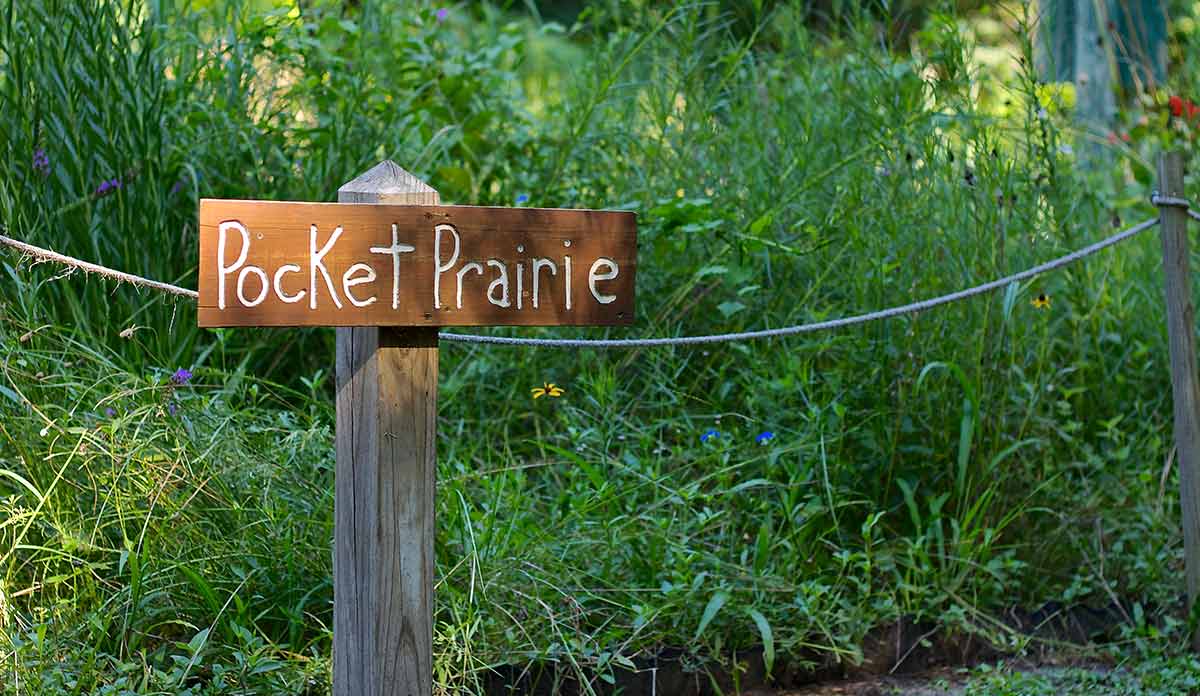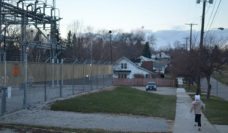The plants outside your home might doing much more than just beautifying your neighborhood. They could also be helping you live longer. That’s the conclusion supported by a new study from Harvard’s T.H. Chan school of Public Health. Researchers found that women who lived near greater amounts of green vegetation displayed a significantly reduced risk of non-accidental death over an eight-year period.
To gauge the relationship between green spaces and health researchers examined data from the Nurses Health Study, a survey that has tracked a number of health issues in a cohort of over 100,000 female registered nurses for the past 40 years via biennial questionnaires. While numerous short-term cross-sectional studies have looked at the association of green spaces and health before, these data presented one of the first opportunities to take a longitudinal approach. According to Dr. Peter James, one of the study’s authors, the sheer amount of information available through the NHS made it an ideal dataset to look at this relationship in the long term.
“What made this cohort perfect for this type of analysis is that, first of all, we had a large number of participants,” he says. “Second, there’s been follow-up on medical records, and the data index to understand the types and causes of mortality in this population.”
Despite the wealth of data available, it was a quirk in the collection methods that made the NHS data viable for this study. Although the creators of the NHS did not have location-based studies in mind, because the survey is delivered by mail they had 40 years’ worth of addresses for participants on file. The researchers were able to compare this location data to the Normalized Differential Vegetation Index, a database that utilizes satellite imagery to measure the amount of green vegetation around the globe. With this information, they were able to create a measure of the amount of plant life within a 250-meter radius of each respondent’s home.
“…there is a direct effect of viewing green space and being in green space that might improve your mental health and as such may lower your risk of mortality…”
Looking at data from 2000 to 2008, the researchers found that women with the largest amount of green vegetation close to their homes had a 12 percent lower rate of non-accidental death than those with relatively low amounts. The association appeared strongest for respiratory illnesses, cancer, and kidney disease, with 34 percent, 13 percent and 41 percent differences in mortality, respectively.
Before this study, research has suggested that there were several pathways by which green spaces can influence health, including by encouraging physical activity, lowering exposure to air pollution and encouraging social engagement. According to James, most studies up to this point have pointed to physical activity as the primary mover. However, this research may challenge that assumption.
“We found that after mediation analysis… the strongest pathway was mental health,” he says. “This might suggest that there is a direct effect of viewing green space and being in green space that might improve your mental health and as such may lower your risk of mortality.”
While this study provides a good start toward establishing the connection between greenness and health, there is still more ground to cover. A glaring issue is the lack of diversity in the sample. All of the participants in the NHS are nurses who identify as women. They are 90 percent white and 84 percent live in urban areas. Also important for future research will be to learn more about the specific ways in which people interact with the green spaces around where they live in order to improve their health.
“The question now,” says Perry Hystad, a professor of environmental health at Oregon State University, “is how does long-term exposure to green space influence chronic disease at the population level. Initial research findings suggest green space is potentially an important and easily modified determinant of public health with numerous co-benefits and few potential negative impacts.”
Image: Lydia Liu, Pocket Prairie in Russ Pitman Park, Taken at the nature trail in the City of Bellaire’s Russ Pitman Park, 7112 Newcastle Street. used under CC BY/ cropped from original













